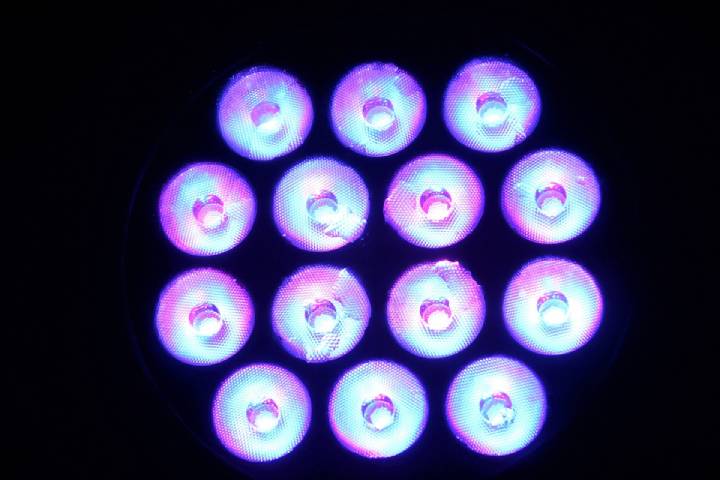Intelligent cars, machines, and sophisticated gadgets move through an interconnected world autonomously. Optical communication and distance measurements play a vital role in perceiving their environment well and react appropriately. APD diode, also known as Avalanche photodiodes, showcases their benefits as parts in these conditions and many other uses.
APD diodes are utilized in various applications whereby sensitive light detection is required. These photodiodes can be used in a wide range of applications to offer performance that other kinds of diodes might not be able to achieve.
As the name suggests, APD diode or avalanche photodiode utilizes the avalanche procedure to offer extra performance even though the avalanche procedure tends to have some drawbacks.
Because of the diode’s benefits and shortcomings, avalanche photodiodes are utilized in various niche applications where their traits allow them to offer the extra sensitivity that might be needed.
1. Basics of An APD Diode
The avalanche photodiode features the same structure as the PIN or PN photodiode. APD diode structure resembles that of a Schottky photodiode that might also be utilized by using this version is uncommon.
The primary difference of APD diode to other types of diodes is that it runs under a higher reserve bias circumstance. This allows avalanche multiplication of the electrons and holes made by photons.
While the photon gets in the depletion area and makes a pair of holes and electronics, the charge carriers will be hauled by the high electric region away from each other. Their speed will rise to the extent that they create additional pairs of holes electrons whenever they collide with lattice, and this process will reoccur.
This avalanche action allows the gain of diodes to be increased several times, offering a greater degree of sensitivity.
2. Circuit Conditions of Avalanche Photodiode
APD diode needs a higher reverse bias during their operations; for silicon, this will be 100-200 volts. With this degree of reverse discrimination, they experience a current gain impact of 100 due to the avalanche impact. Some APD diodes that use specialized manufacturing procedures allow a high bias voltage of almost 1500 volts.
Since it’s known that a gain level increases when a higher voltage is used, the gain of the diodes can increase to 1000. This offers a distinct benefit where sensitivity is vital but at the expense of the extra circuitry and safety specs required for high voltages.
3. Advantages and Disadvantages of APD Diodes
APD diode has numerous advantages and disadvantages that must be considered when choosing a suitable photodetector.
Advantages of Using APD diodes
- A higher level of sensitivity due to avalanche gain
Disadvantages of Using APD Diodes
- High operating voltage is needed.
- The Avalanche procedure has a non-linear output.
- Avalanche photodiode release a higher level of noise than other photodiodes.
Tech Trends
Related posts
Leave a Reply Cancel reply
Hot Topics
Categories
- Ads (5)
- Animes (25)
- Artificial Intelligence (AI) (35)
- Augmented Reality (AR) (10)
- Automotive (9)
- Bitcoin (16)
- Blockchain (24)
- Business (244)
- Business Intelligence (3)
- Cloud Computing (23)
- Computer (128)
- Concrete Technology (1)
- Cryptocurrency (10)
- Cybersecurity (42)
- Data Science (9)
- Database (4)
- DevOps (6)
- Digital Marketing (76)
- Digital Workplace (14)
- Ecommerce (1)
- Education (28)
- Electric Vehicle (EV) (1)
- Electronics & Hardware (17)
- Entertainment (42)
- Fabrication (3)
- FAQ's (1)
- Finance & Marketing (47)
- Gadgets (35)
- Games (8)
- Gear (29)
- HTTPS (1)
- Industry (46)
- Information Technology (90)
- Internet (413)
- Internet of Things (IoT) (41)
- Job (25)
- Machine Learning (6)
- Marketing (92)
- Mobile Apps (21)
- Movies (11)
- Natural Language Processing (6)
- News & Trends (109)
- Programming (4)
- Science & Technology (235)
- Security (81)
- SEO (56)
- Services (36)
- Social Media (73)
- Software (99)
- Sports (1)
- Technology (306)
- Telecom (6)
- TikTok (5)
- Tours & Travels (9)
- Uncategorized (11)
- Virtual Reality (VR) (7)
- VoIP (4)
- Web Technology (42)
- Workforce (17)
- Workspace (6)



Stay connected